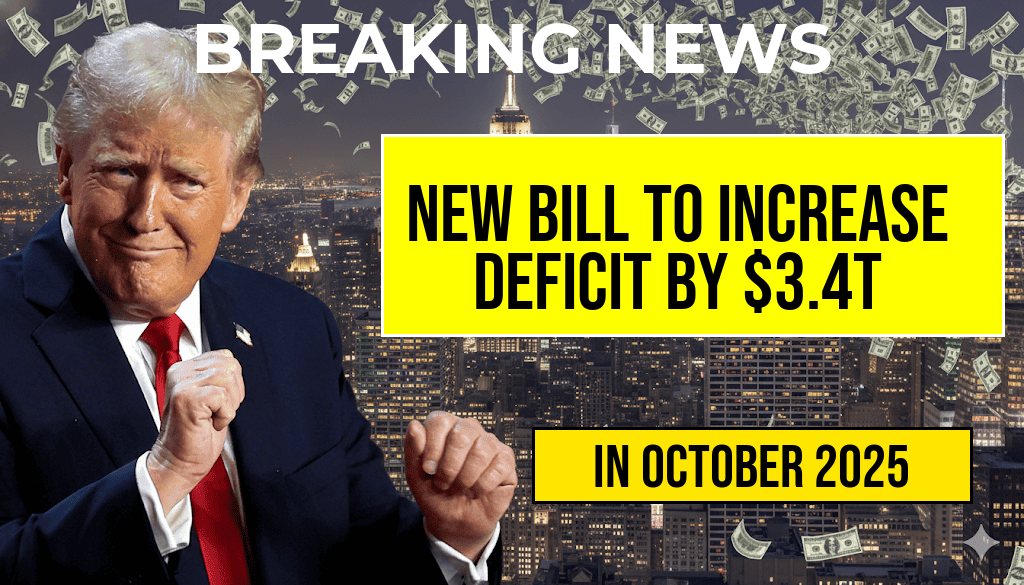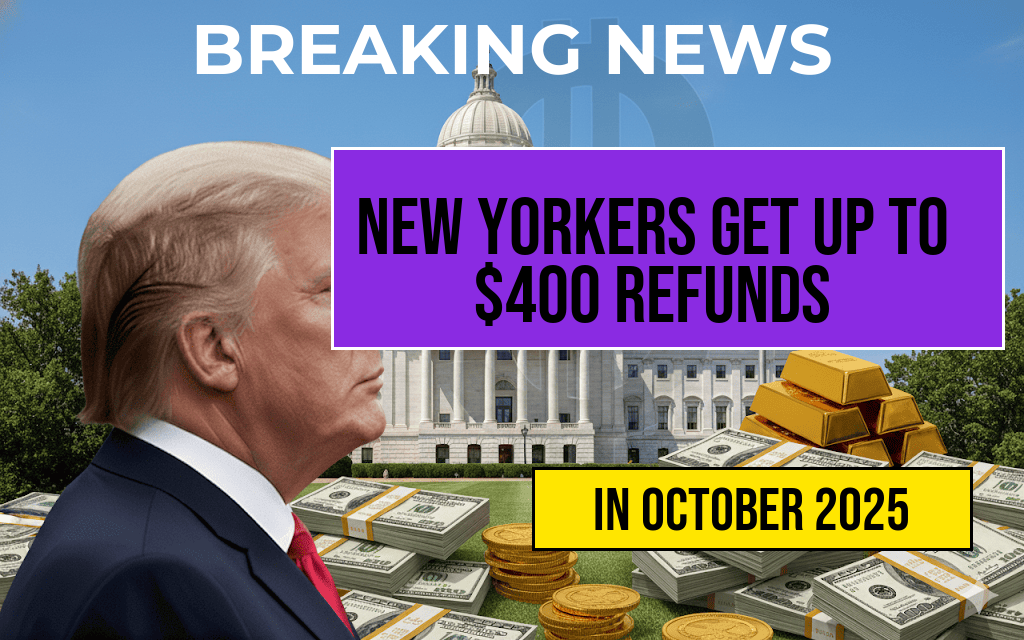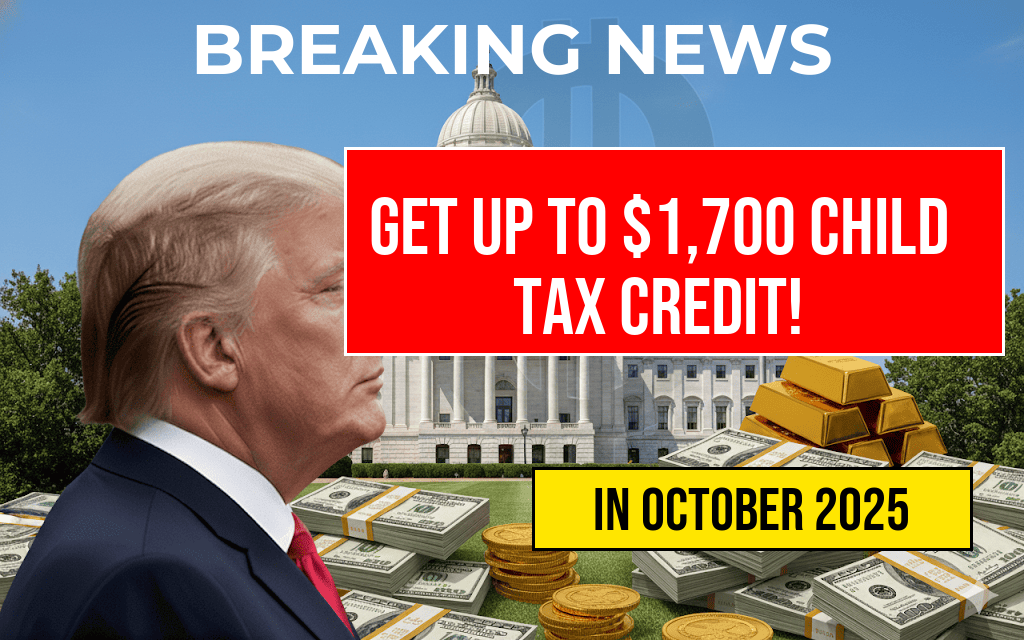Taxpayers across the United States are bracing for significant budgetary implications as a new legislative proposal, dubbed the “One Big Beautiful Bill,” is projected to increase the federal deficit by an astonishing $3.4 trillion over the next decade. This expansive spending package aims to address various sectors, including infrastructure, healthcare, and education, but has sparked a heated debate among economists, policymakers, and the public regarding its financial sustainability. Advocates argue that the investment will stimulate economic growth, while critics warn of the long-term consequences of such a substantial deficit increase, particularly in a time of rising inflation and interest rates.
Understanding the “One Big Beautiful Bill”
The “One Big Beautiful Bill,” introduced in Congress, is a comprehensive legislative initiative designed to expand federal funding across multiple domains. Key components of the bill include:
- Infrastructure Investments: Significant funding is earmarked for transportation, broadband, and renewable energy projects.
- Healthcare Enhancements: Provisions aim to lower prescription drug prices and expand access to healthcare services.
- Education Funding: Increased financial support for public schools and community colleges is included to boost educational outcomes.
Projected Economic Impact
Proponents of the bill, including several Democratic leaders, argue that the increased deficit is a necessary step to revitalize the economy post-pandemic. They contend that investing in infrastructure and education will create jobs and foster long-term economic growth. According to a report from the Forbes, such investments often yield returns that surpass their initial costs through enhanced productivity and workforce capabilities.
However, critics express concern about the viability of financing such an ambitious plan. The projected $3.4 trillion increase in the deficit could lead to higher borrowing costs and inflationary pressures. Economists warn that excessive government spending could exacerbate existing financial challenges, particularly for lower-income households already grappling with rising living costs.
Potential Consequences for Taxpayers
The ramifications of this legislation for taxpayers could be profound. A larger deficit may necessitate increases in taxes or cuts to essential services in the future to stabilize the nation’s fiscal health. Taxpayers should be aware of the potential for increased tax burdens as the government seeks to balance its books.
| Year | Projected Deficit Increase ($ Trillions) | Key Areas of Investment |
|---|---|---|
| 2024 | 0.5 | Infrastructure |
| 2025 | 0.7 | Healthcare |
| 2026 | 0.8 | Education |
| 2027 | 0.9 | Renewable Energy |
| 2028 | 1.0 | Comprehensive Spending |
| 2029 | 1.5 | Healthcare Expansion |
| 2030 | 1.0 | Final Allocations |
Public Reception and Political Landscape
The reception of the “One Big Beautiful Bill” has been mixed, reflecting the polarized political climate in the United States. While Democrats largely support the initiative, many Republicans have voiced their opposition, arguing that the bill prioritizes spending over fiscal responsibility. Public opinion polls reveal a split among voters, with some acknowledging the need for infrastructure investment, while others express skepticism regarding the administration’s ability to manage such a large deficit.
As the bill moves through Congress, it will likely undergo several revisions and debates, making it crucial for taxpayers to stay informed about its progress and implications. Observers recommend monitoring updates from credible sources such as the C-SPAN or the Congressional Budget Office for accurate insights into the bill’s fiscal impacts.
Conclusion
The “One Big Beautiful Bill” represents a significant shift in federal spending priorities, with the potential to reshape the economic landscape for years to come. As legislators grapple with the implications of a $3.4 trillion increase in the deficit, it remains essential for taxpayers to engage in the conversation surrounding this pivotal piece of legislation.
Frequently Asked Questions
What is the ‘One Big Beautiful Bill’ about?
The ‘One Big Beautiful Bill’ is a proposed legislation that aims to implement significant changes in taxation and spending, which is projected to increase the deficit by $3.4 trillion.
How will this bill affect taxpayers?
This bill may lead to increased tax liabilities for some taxpayers, as it includes provisions that could alter current tax rates and deductions.
What are the potential economic impacts of increasing the deficit?
Increasing the deficit by $3.4 trillion could lead to higher interest rates, inflation, and potential long-term economic instability, affecting both taxpayers and the overall economy.
Who supports the ‘One Big Beautiful Bill’?
Supporters of the bill argue that it will fund essential infrastructure and social programs, which they believe will ultimately boost economic growth and job creation.
Are there any opposition concerns regarding this bill?
Opponents of the bill express concerns about the significant increase in the deficit, arguing that it could lead to unsustainable debt levels and burden future generations.













